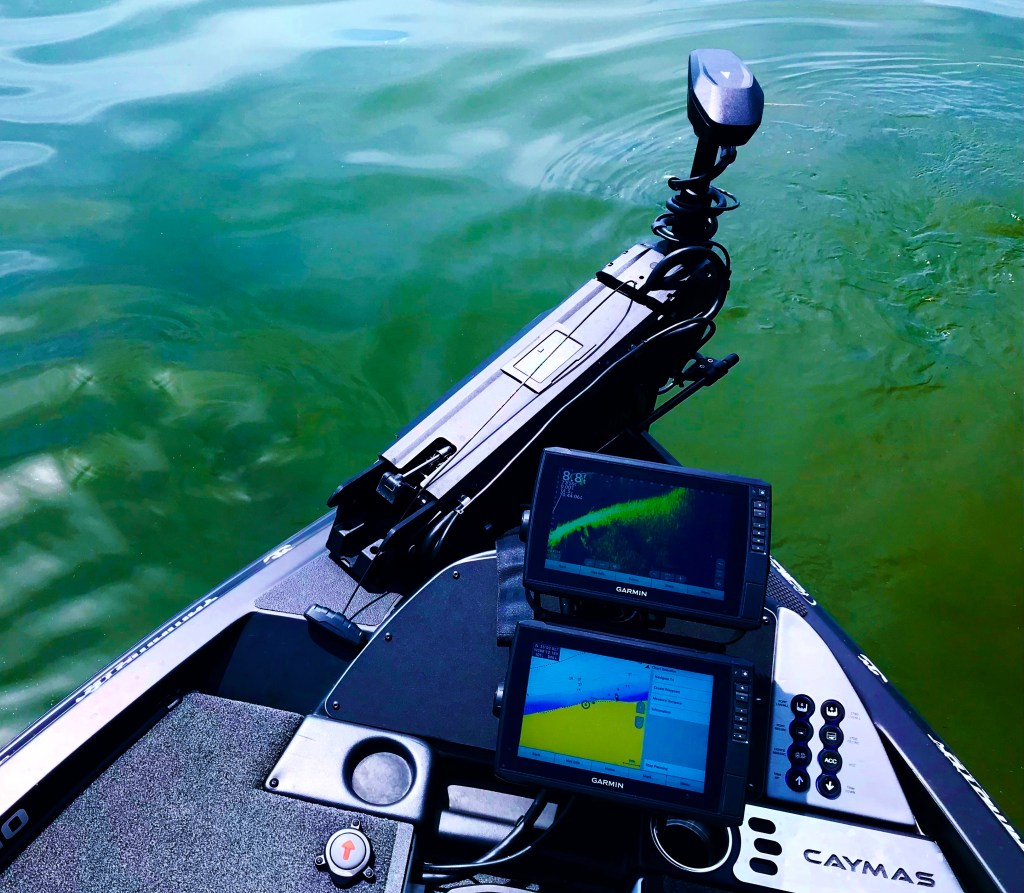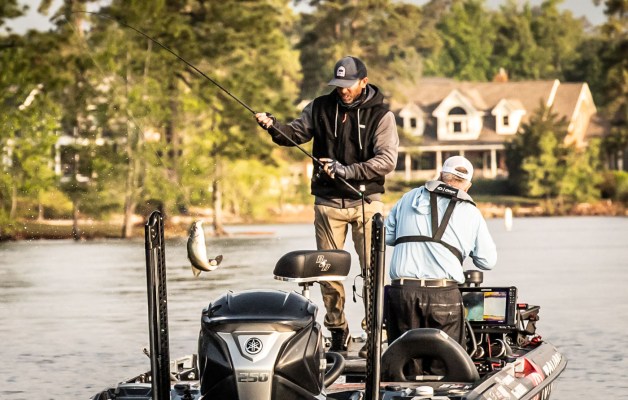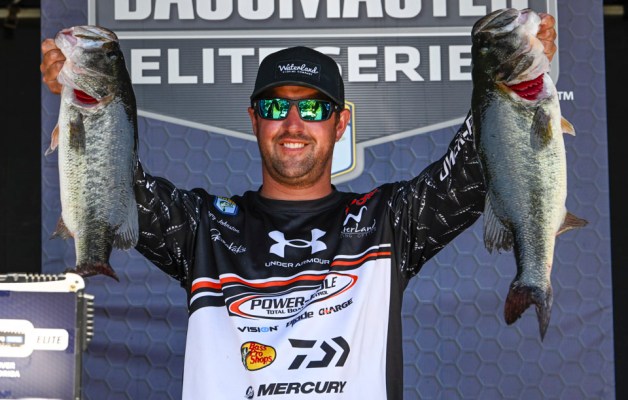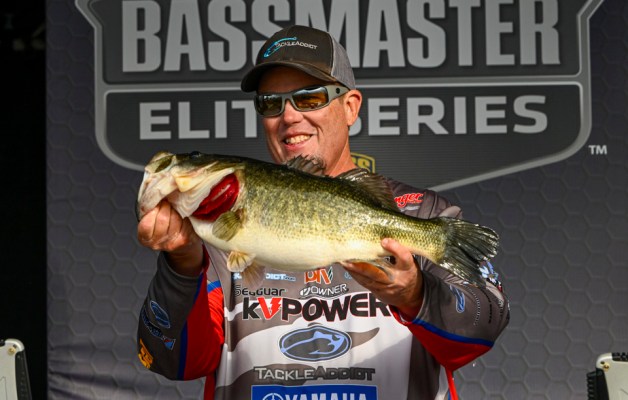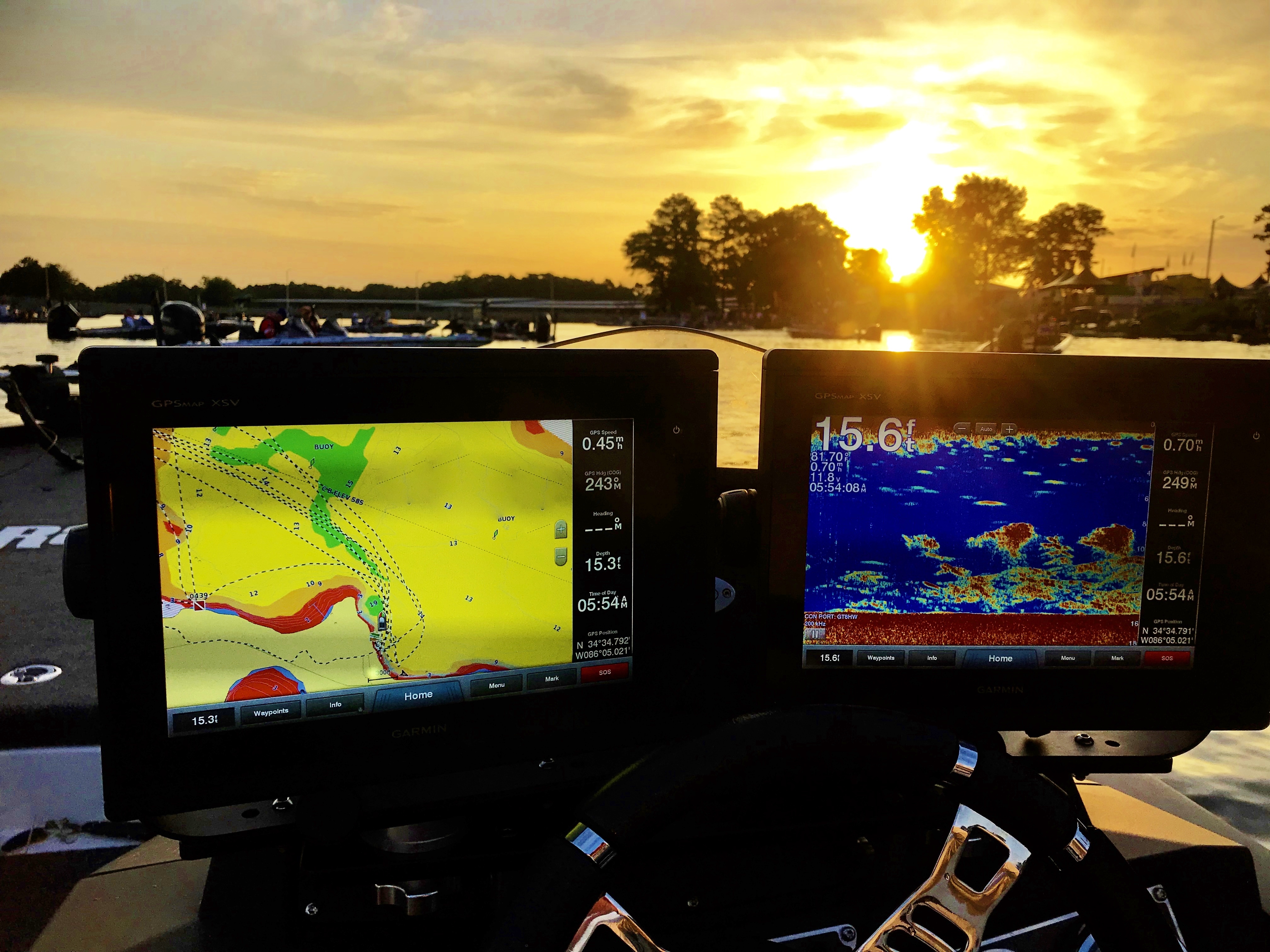
By now, I’m sure most of you are familiar with the controversy surrounding forward-facing sonar and the impact it’s had on our tournaments. The topic is so red hot, it’s lighting up social media like a Roman candle.
For the record, I like the technology. But like many of you, I have concerns about where it’s taking us. And we’re not alone.
A number of Bassmaster Elite Series pros have used their social media platforms to speak out on the subject, some even surveying their fans for feedback. And while most of that feedback has been offsetting, some interesting viewpoints have been shared from both sides.
Days gone by
In the beginning of my career, we relied on flasher units to read bottom and any features related to it. Then came paper graphs offering more detailed information.
During that time, there were no navigational aids other than physical maps. To remember an offshore fishing location, we triangulated landmarks from shore.
Then came LORAN, an early navigational system that relied on land and sea-based reference points — a system controlled by the U.S. Government. Although LORAN could get you back to a general area, usually the coordinates were so scrambled, you would be off by tens of yards. Soon, though, the government introduced its Global Positioning System (GPS), which operates with precision accuracy via satellite.
As navigational aids evolved, so did sonar technology … and at an incredible rate. In fact, it seemed with each new introduction, the previous year’s equipment was rendered obsolete. And that’s even truer today.
What many in the sport have forgotten (or are unaware of) is the fact that these developments created their own controversies — especially GPS and side-scanning sonar. Through it all, however, competitive fishing has managed to press on, absorbing the technology.
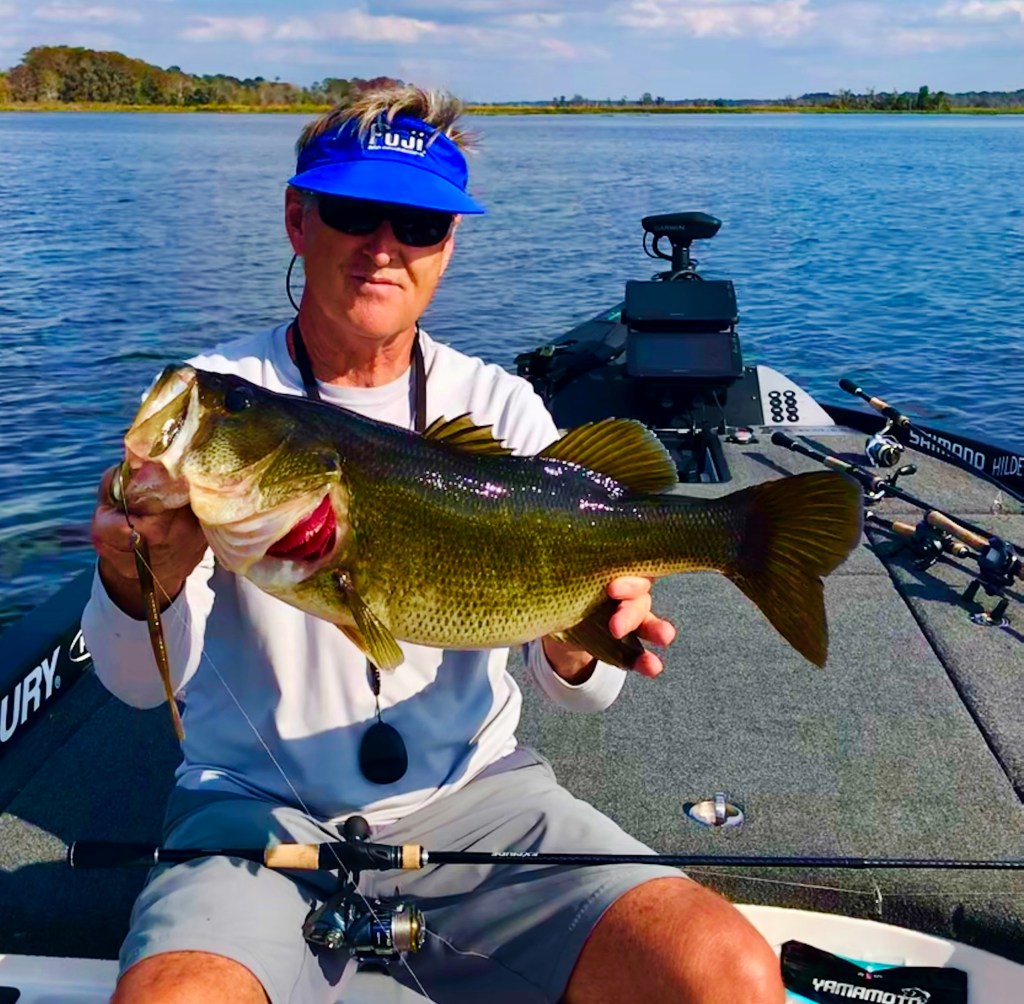
Does that mean forward-facing sonar (FFS) will follow the same path? If the attitudes of certain pros and social media are any indication, it won’t. The debate has taken on a life of its own.
Some Elite Series pros feel FFS is detrimental to the sport. One in particular (who shall remain anonymous) said, “If you were to take the top-10 and bottom-10 finishers from the Northern Swing and held those events again without the aid of forward-facing sonar, the outcome would be drastically different!” And I’m confident he’s right.
Whether you agree or not, a heavy reliance on electronics drastically reduces the instinctual aspects of the game — a critical trait that separates so many pros.
Fan response
I can’t help but believe the number of Bassmaster LIVE viewers will decline with each forward-facing sonar dominated event. Watching the backside of an angler sitting on a butt seat, casting only when he sees a fish, has to get old. So much is lost in that. Lure selection is drastically reduced. Casting is minimized, as is the way each pro works his lures back to the boat.
I’m sure most of you would prefer to see how we pick apart cover, and select our lures accordingly. I’m also certain you would prefer to watch someone skip docks with a jig or hop a frog over matted vegetation, rather than see an angler make an occasional cast to a blip on his sonar screen.
That’s not to say there aren’t exciting moments in “video” fishing. There definitely are. Watching the lure presentation on a screen as a fish approaches is one of the coolest aspects of Bassmaster LIVE’s coverage. But watching an angler stare at his electronics without making a cast for extended periods of time has to kill it for some viewers.
Where I’m at
As I stated previously, I like the technology. It’s taught me a lot about bass behavior and how they utilize the full range of the water column.
It forces me to rethink how fish travel offshore — dispelling the concept of them traveling along underwater highways. FFS has shown me their movements are far more random than I once believed.
That said, where I draw the line (as it relates to competition) is on the number of units and transducers some competitors are using. In my opinion, that needs to be restricted and part of the Elite Series Rulebook.
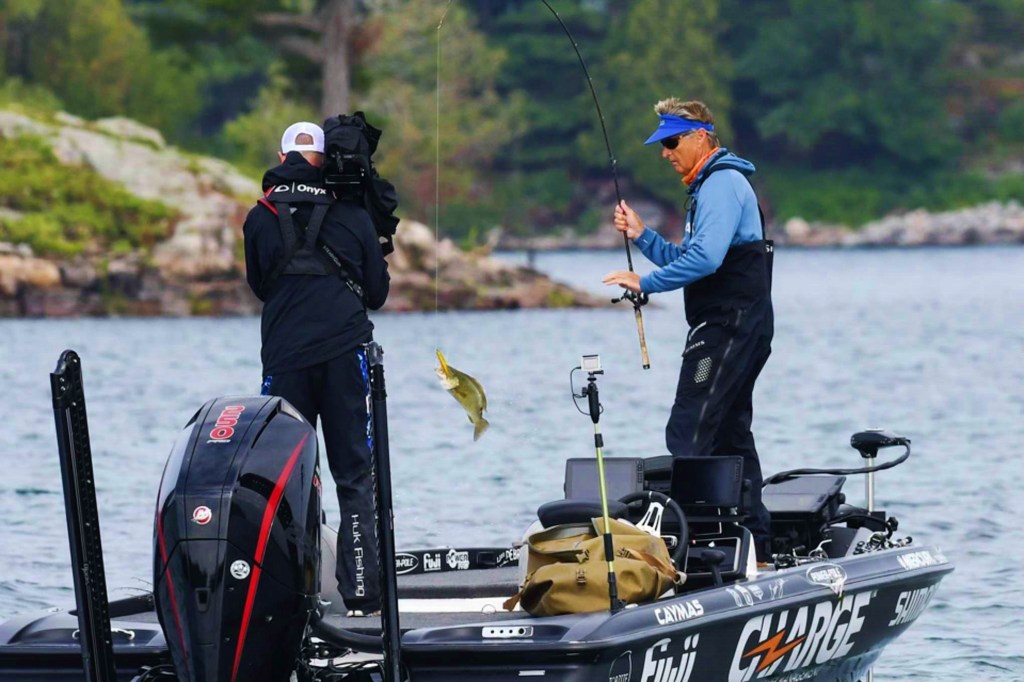
Another Elite pro suggests limiting screen area to a combined measurement of 48 inches. That could mean four 12-inch units or any other combination of screen sizes, so long as they not exceed 48 inches. That same pro also recommended B.A.S.S. tournament officials choose which events we should be allowed to utilize our perspective-viewing electronics.
What I propose is no more than two transducers on the bow — one for basic bottom reading, the other for forward or lateral scanning. Whether an Elite pro chooses a Humminbird 360, Lowrance Active Target or Garmin Panoptix, he should be limited to one transducer for the unit of his choice.
I’m sure I’ll catch a lot of flak for this, but when an angler employs as many as six transducers on multiple units, effectively covering the entire water column within a 100-foot radius of his boat, that in my book is excessive.
Sonar summary
Whether B.A.S.S. will restrict the use of FFS on the Elite Series remains to be seen. I’m certain, however, they are reviewing it.
Just like an Alabama rig, FFS can make an average angler a threat. With that, I say restrict it so that it doesn’t determine the outcome of every event on the schedule. And for those of you who feel it’s only making a difference in northern smallmouth events, let me remind you that lakes Okeechobee, Murray and Santee Cooper were all won by Elite Series pros using FFS.
Again, I’m not suggesting they ban the technology. I’m simply saying we need to control its use. That would level the playing field across the entire schedule, while increasing fan engagement — both of which, in my view, are paramount to the survival of our sport.
